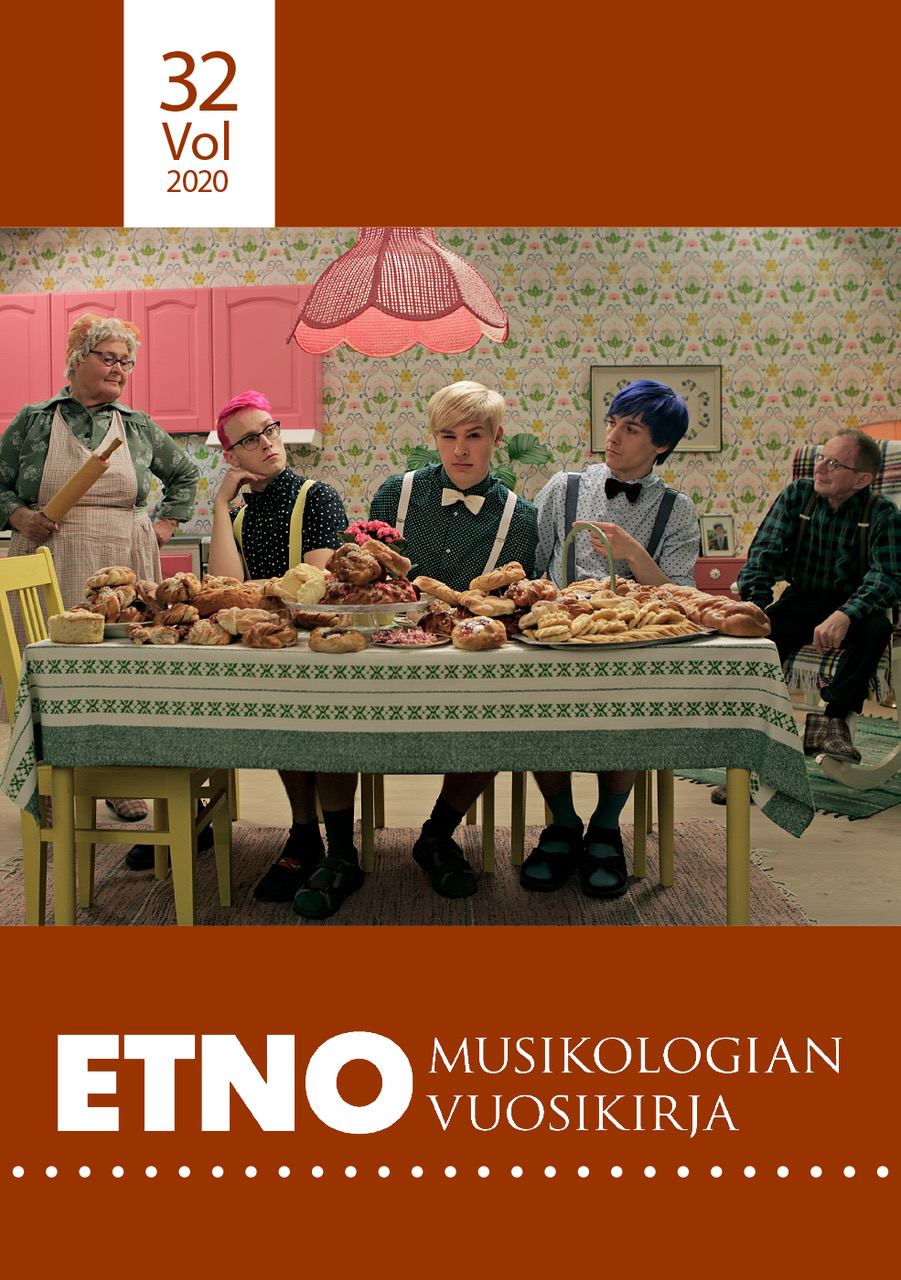Suonikylän kolttasaamelainen itkuperinne 1900-luvulla
DOI:
https://doi.org/10.23985/evk.90118Keywords:
saamelainen kulttuuri, arkistoaineistot, musiikkianalyysi, itkuperinne, itkuvirret, saamelainen musiikki, kolttasaamelaisetAbstract
Skolt Saami laments are called virss, and the verb for performing them is virsseed. The findings so far show that the principles of the Skolt Saami lament tradition bear similarities to lament traditions of the other north-west peoples of Russia, especially the well-studied Karelian tradition.
Skolt Saami lament tradition has not yet been studied comprehensively. Some musical examples and historical data has been found from the archive collection. In addition, descriptions of laments, performances and performing context occur in published scientific research papers and in manuscripts and journals of researchers, who visited the Skolt Saami area before the World War II.
Laments are performed individually either in private or social performing-contexts. The main three ritualistic performing-contexts examined in the article are funerals, weddings, and expressing grief for men conscripted to military service or war. However, in contrast to the rich lamenting in Karelian tradition, the only context of lamenting in a Skolt Saami wedding ceremony was when the bride was taking leave of her mother and her childhood home.
In addition to the laments gathered before World War II, I analyze archival recordings of performances, in which the themes of forced migration after the World War II and the longing for the lost residences are expressed, and which resemble private and non-ritual occasions of grieving, in the Karelian tradition. Furthermore, the analysis of the texts has also made it possible to discover similar phrases, as used in laments, in texts of other Skolt Saami musical genres, mainly long narrative songs called leuʹdd. There are also other similarities in the style and linguistic features of the texts in these two musical genres. However, the performing-contexts, the themes of texts and musical structures distinguish laments from leuʹdds. This study is a part of author’s comprehensive research of Skolt Saami music tradition.





